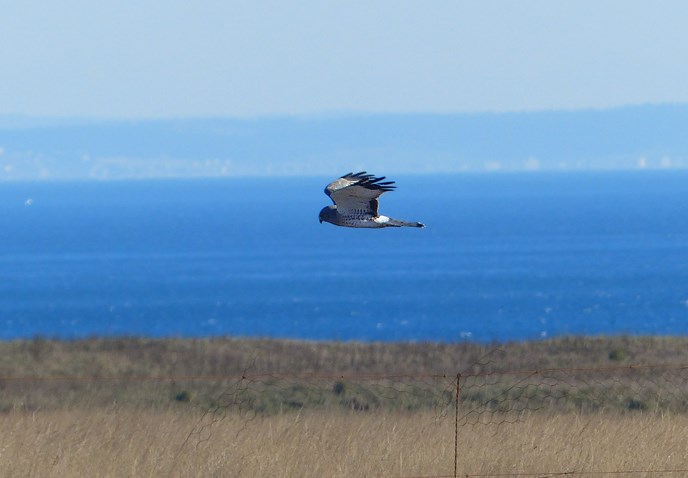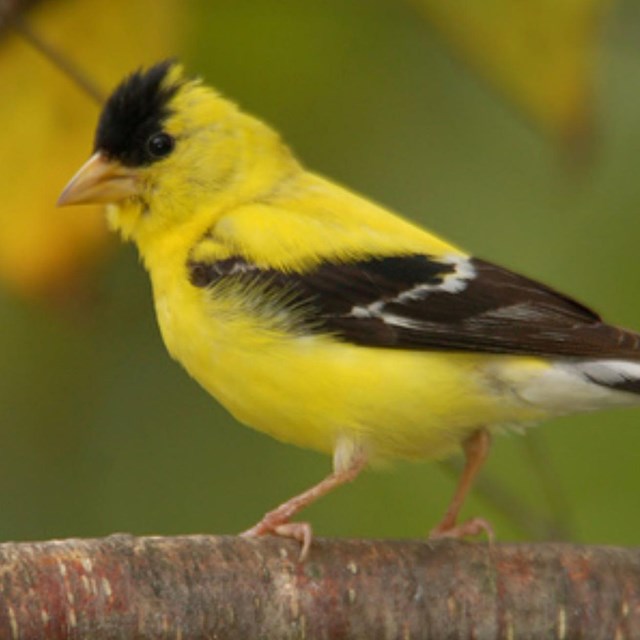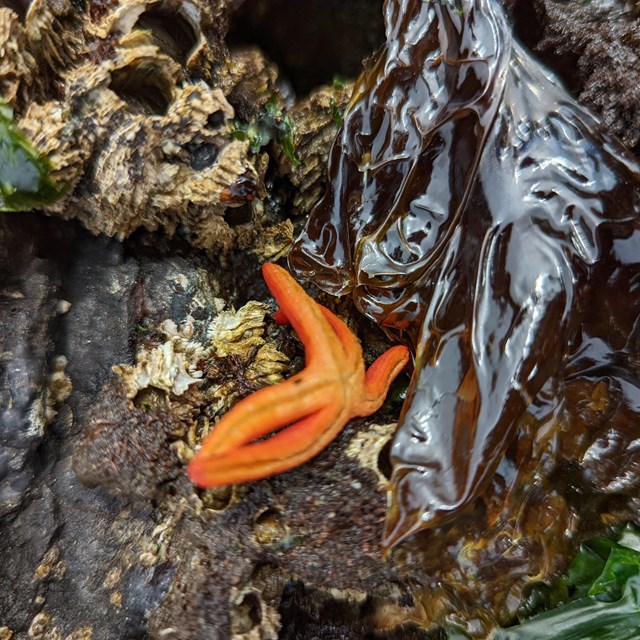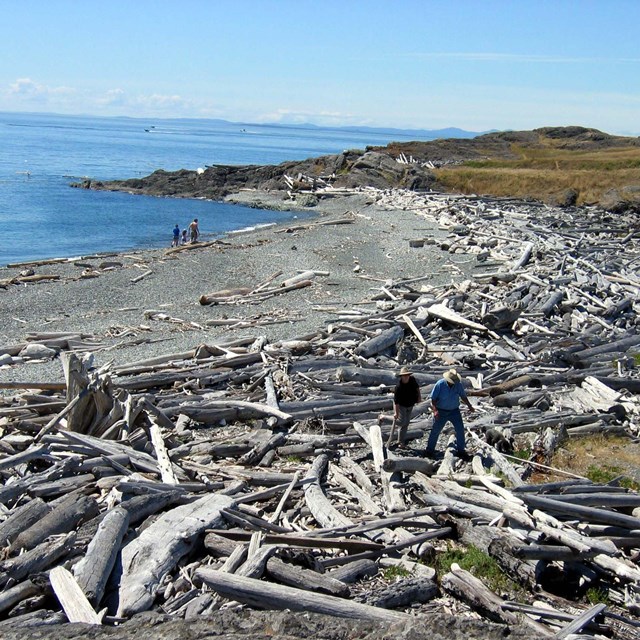
Rebecca Smith With more than 200 species and a varied habitat, many birders consider San Juan Island to be one of the best birdwatching areas in the state. In the woodlands of both camps, you’ll find winter wrens, chestnut-backed chickadees and rufous hummingbirds. On the prairie, look for American goldfinches, great horned owls, and 18 varieties of raptors, from merlins to peregrine falcons to northern harriers. In spring you’ll see Savannah sparrows and vesper sparrows, and winter is a good time to see migrating seabirds. Landbirds are an important indicator of the effects of local and regional changes in ecosystems, and studies show that many species have significant declining trends. Landbirds as well as neotropical breeding migrants that fly south for the winter (which include the rufous hummingbird, Pacific-slope flycatcher, violet-green swallow, and yellow warbler) are threatened by loss of habitat on the wintering and breeding grounds and along migration routes, domestic cat predation, brown-headed cowbird parasitism, environmental contaminants, and climate change. https://www.nps.gov/sajh/planyourvisit/upload/sj_bird_checklist.pdf 1935 publication, “Birds of the San Juan Islands” "North Coast Cascades Network Landbird Monitoring: Report for the 2008 Field Season" "Landbird Monitoring Protocol for National Parks" https://science.nature.nps.gov/im/units/nccn/monitor/landbirds.cfm The Birds of North America Online http://bna.birds.cornell.edu/bna BirdWeb: Learn About the Birds of Washington State |
|
Last updated: November 14, 2022



